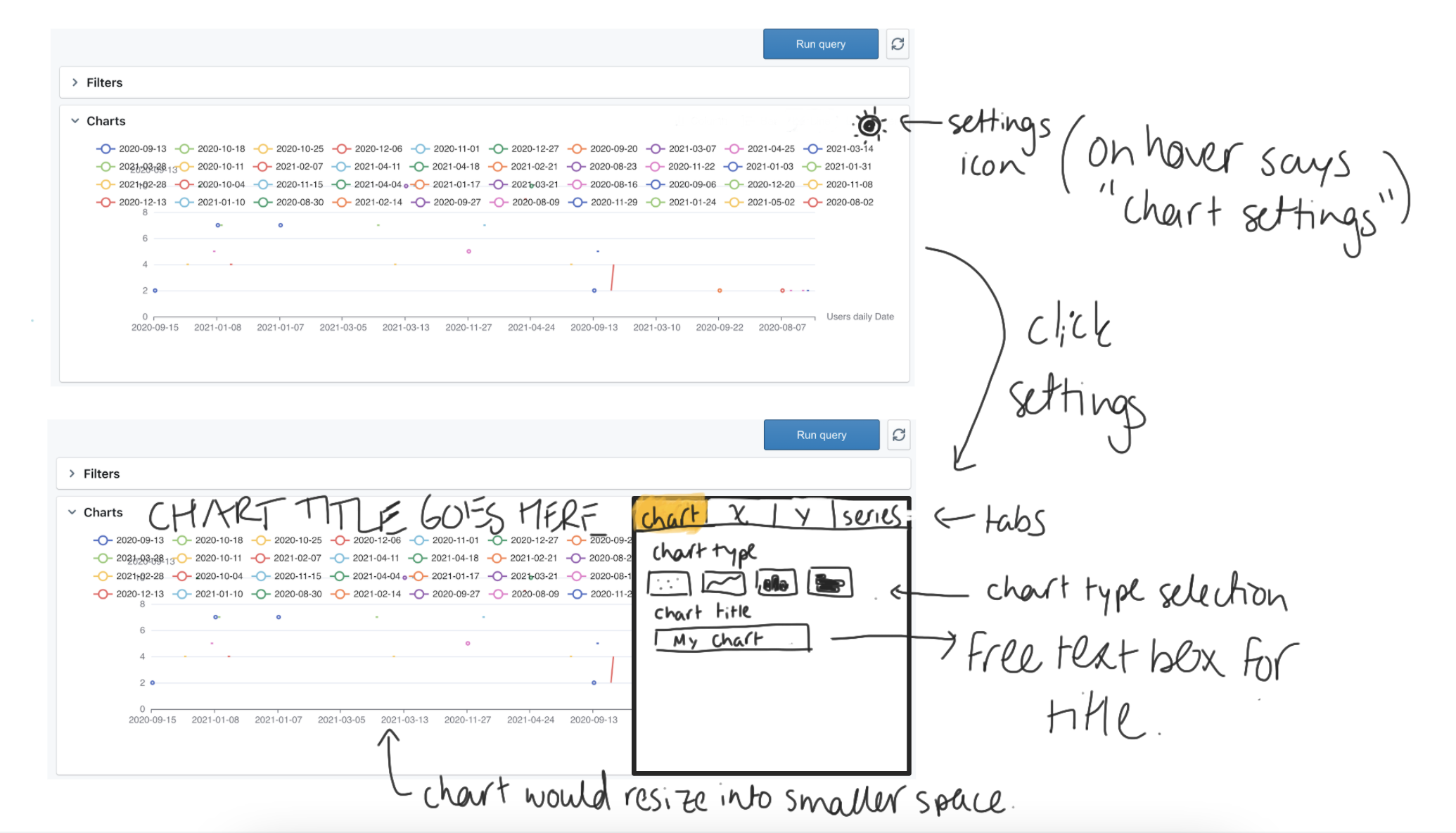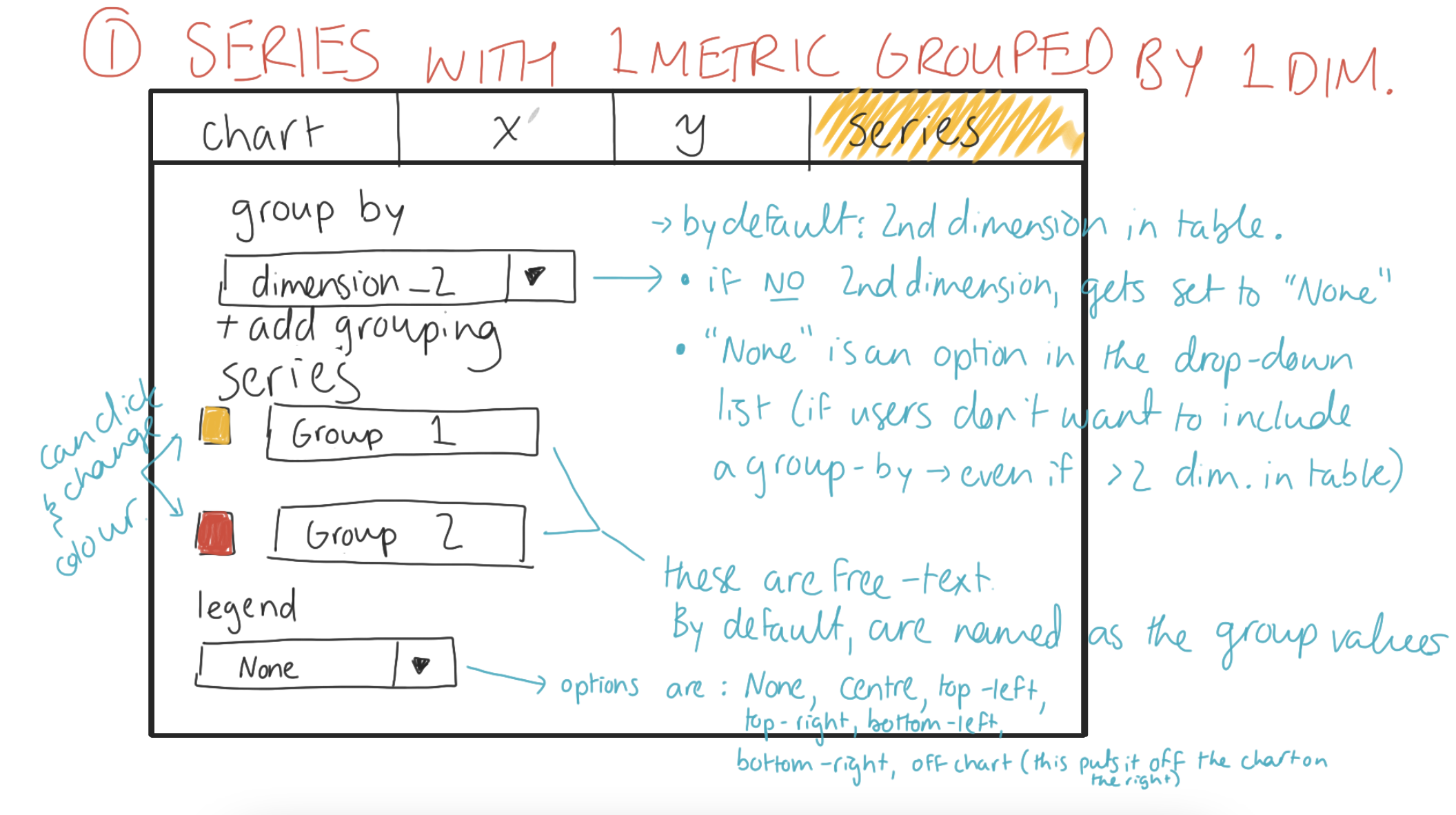The open-source Looker alternative.
Website • Watch demo • Docs • Join Slack Community
connect your dbt project --> add metrics into dbt --> share insights with your team
If you're a fan, star the repo ⭐️ (we plant a tree for every GitHub star we get 🌱).
Come join the team, we're hiring.
- 🙏 Familiar interface for your users to self-serve using pre-defined metrics
- 👩💻 Declare dimensions and metrics in yaml alongside your dbt project
- 🤖 Automatically creates dimensions from your dbt models
- 📖 dbt descriptions and metadata synced for your users
- 🔍 Easily access to underlying records of charts as well as ability to data drill-down
- 🧮 Table calculations make it easy to dig into your data, on the fly
- 🕵️♀️ Lineage lets you see the upstream and downstream dependencies of a model
- 📊 Comprehensive and intuitive data visualisation library for your metrics
- 👷♂️ Save charts & build dashboards to share your insights with your team
- 💻 Powerful developer experience including Preview BI Environments and automated content validation via CI/CD
- 🔄 Explore version history of all your charts and roll-back at any point
- 🚀 Easily share your work via URL or schedule deliveries via Slack or Email
Something missing? Check out our open issues to see if what you're looking for already exists (and give it a 👍). Otherwise, we'd love it if you'd open a new issue with your request 😊
Play with our demo app!
You can avoid the hassle of hosting and configuring Lightdash yourself by signing up for a free trial of Lightdash Cloud. More details on pricing available.
Deploy Lightdash with 1-click on Render for free.
Take advantage of our installation script to easily run Lightdash locally.
git clone https://github.com/lightdash/lightdash
cd lightdash
./scripts/install.shFollow our kubernetes guide to deploy Lightdash to production using our community helm charts.
Step 1 - ⚡️ Self-host Lightdash (optional)
Step 2 - 🔌 Connect a project
Step 3 - 👩💻 Create your first metric
📣 If you want something a bit more, then head on over to our Slack Community where you’ll be able to chat directly with all of us at Lightdash and all the other amazing members of our community. We’re happy to talk about anything from feature requests, implementation details or dbt quirks to memes and SQL jokes!
You can also keep up to date with Lightdash by following us here:
We let you define your metrics and dimensions directly in your dbt project, keeping all of your business logic in one place and increasing the context around your analytics.
No more deciding which of the four different values for total revenue is the right one (you can thank us later 😉).
We want everyone at your company to feel like they can trust the data. So, why not show them that they can?
We bring the context you want around data quality into your BI tool so people know that they can trust the data.
With Lightdash, you can leave the SQL to the experts. We give your data team the tools they need to build metrics and dimensions that everyone else can use.
So, anybody in the business can combine, segment, and filter these metrics and dimensions to answer their own questions.
Lightdash is built with our community, for our community.
We think that a BI tool should be affordable, configurable, and secure - and being open source lets us be all three 🙂
Love Looker, but don't love Looker's price tag?
With Lightdash, we offer a free self-hosted service (it's all just open source!), or an affordable cloud-service option if you're looking for an easy analytics set up.
Have a question about a feature? Or maybe fancy some light reading? Head on over to our Lightdash documentation to check out our tutorials, reference docs, FAQs and more.
Want to report a bug or request a feature? Open an issue.
We're planting trees with the help of the Lightdash community.
Tree planting is one of the simplest and most cost-effective means of mitigating climate change, by absorbing CO2 from the atmosphere. So we thought it would be pretty neat to grow a forest while we grow Lightdash.
Want to help us grow our forest?
Just star this repo! We plant a tree for every star we get on Github. ⭐️ ➡️ 🌱
We plant trees with TIST, you can read all about them here: https://program.tist.org/.
We love contributions big or small, check out our guide on how to get started.
See our instructions on developing Lightdash locally.
Thanks goes to these wonderful people (emoji key):
This project follows the all-contributors specification. Contributions of any kind welcome!

.png)

























